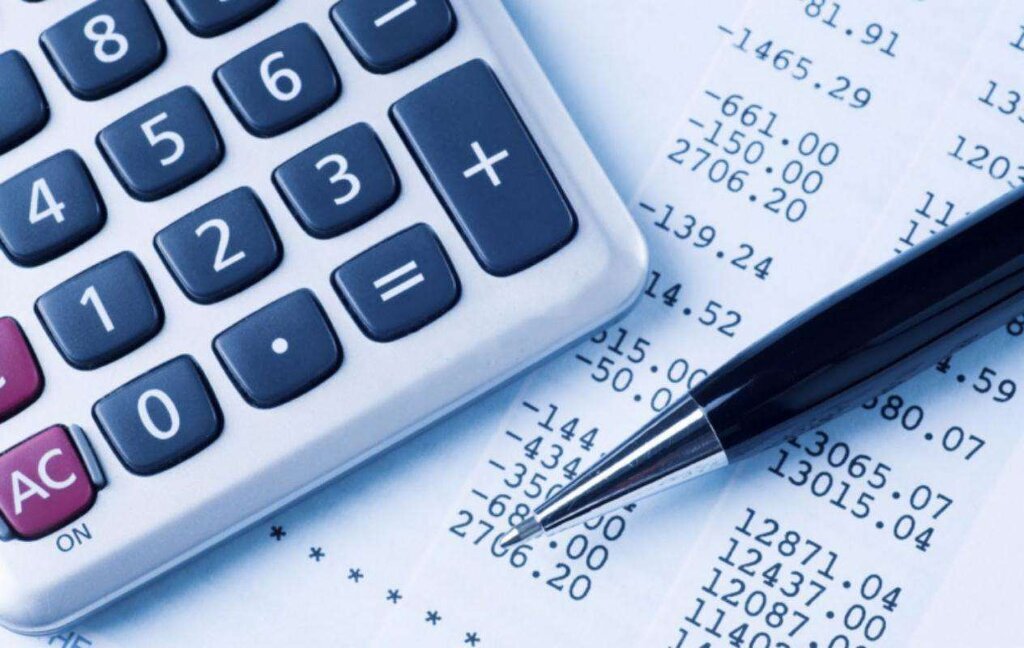- +39 3406487807
- studioartem@studioartem.it

Contents

If you set your stock scanner to meet your other trading needs, then you can flip through the results until you find a chart that looks like a cup and handle. For example, a day trader may scan for stocks with a high average true range , and a swing trader might search for stocks that have performed well in recent weeks. A stop-loss order gets a trader out of a trade if the price drops, instead of rallying, after buying a breakout from the cup and handle formation.

No one can explain how to trade cup and handle pattern better that way you have explained in this short article. If you trade chart patterns, you want to exit your trade when the pattern is completed. The next way to trade the pattern is to wait for a break and retest.

Specifically, with the cup and handle, certain limitations have been identified by practitioners. The first is that it can take some time for the pattern to fully form, which can lead to late decisions. A cup and handle is considered a bullish signal extending an uptrend, and it is used to spot opportunities to go long. The Big Tech share basket chart provides an example of this.
The https://business-oppurtunities.com/ begins after a well-liked stock rallies to a new high following a positive fundamental development. As the stock surges investors feel increasingly comfortable paying higher prices but there comes a point when the “story” of the stock fails to convert new believers. Slowly, the stock begins to drift lower as those seeking to lock-in profits outnumber those intrigued by the story.
As with all forms of technical analysis, this pattern essentially tracks investor behavior, not the underlying strength or weakness of a company’s business. Consider working with a financial advisor as you analyze possisble stock purchases. The cup and handle is a bullish continuation pattern that marks a consolidation period followed by a breakout. It is considered a signal of an uptrend in the stock market and is used to discover opportunities to go long. The cup and handle pattern and the inverted type are continuation patterns.
Order execution should only occur if the price breaks the pattern’s resistance. Traders may experience excess slippage and enter a false breakout using an aggressive entry. The cup and handle is considered a bullish signal, with the right-hand side of the pattern typically experiencing lower trading volume. The pattern’s formation may be as short as seven weeks or as long as 65 weeks. Like most technical patterns, the cup with handle pattern is really little more than a variation of another technical pattern.
Technical traders using this indicator should place a stop buy order slightly above the upper trendline of the handle part of the pattern. All the same concepts apply, regardless of whether the cup is “U” shaped, “V” shaped or wavy, or whether the handle is a triangle, wedge, or channel. Then, you can add the rest of your position size after receiving confirmation of the handle breakout.
But don’t worry, we’ve prepared an easy 10-step checklist to help you identify a valid cup and handle pattern. From the chart, you can see that the price formed a cup between June and October 1999. By November, it has formed a handle and eventually broke above the handle.
That’s not a problem; it’s often a stock’s way of offering a buy point that’s clearer or lower than that suggested by the larger pattern. Since the handle must occur within the upper half of the cup, a properly placed stop-loss should not end up in the lower half of the cup formation. The stop-loss should be above $49.75 because that is the halfway point of the cup. Commodity and historical index data provided by Pinnacle Data Corporation.

It is a bullish continuation pattern which means that it is usually indicative of an increase in price once the pattern is complete. The pattern is a bullish continuation formation that marks a consolidation period, with the right-hand side of the pattern typically experiencing lower trading volume. The cup part of the pattern forms after a price rally and looks like a gradually rounded bottom of a bowl. The cup and handle pattern is a bullish continuation pattern triggered by consolidation after a strong upward trend. The pattern takes some time to develop, but is relatively straightforward to recognize and trade on once it forms. As with all chart patterns, trading volume and additional indicators should be used to confirm a breakout and continuation of the original bullish price movement.
There’s no good way to distinguish falling asset prices from the first stage of a stock which will make an eventual rally. Lucky investors who get in at the bottom of the cup will, to be sure, make more than those who invest during the handle, but just as often they may predict recoveries that never come. The pattern starts when a stock’s price runs up, then pulls back to form a cup shape. After that, a handle forms, which is a slight downward drift in the stock’s price. Continually scanning hundreds of charts to detect this pattern is challenging and time-consuming, but we’ve got you covered!
After the Cup is formed, the market has shown signs of bottoming as it makes higher lows towards Resistance. DTTW™ is proud to be the lead sponsor of TraderTV.LIVE™, the fastest-growing day trading channel on YouTube. The price then started to decline and reached a low of $1050 in October 2015. Also, the right side of the cup should always come nearer to the previous high point.
⚠️If one of the how to change your career with a blog continuation patterns appears in front of us on the chart, it means that the usual correction… This is a powerful chart pattern that’s used by stock traders to capture explosive breakout moves — where the stock price could increase 1000+% within a few years. The cup and handle pattern is a pattern that traders use to identify whether the price of an asset will continue moving upwards. As the name suggests, the pattern is made up of two sections; a cup and handle. The cup pattern happens first and then a handle happens next. Consider a scenario where a price has recently reached a high after significant momentum but has since corrected.
Most brokers measure the length between the highest point of the resistance and the lowest level of the cup. The target of the Cup and Handle pattern is the height of the cup added to the breakout of the resistance trend line connecting the two highs of the cup. The inverted “cup and handle” is the opposite of the regular cup and handle. Instead of a “u” shape, it forms an “n” shape with the ascending handle. However, trading approaches used for inverted “cup and handle” are the same.
In my opinion, the cup and handle pattern can be both a continuation pattern and a reversal pattern. Finally, when the price breaks out of Resistance, the cup and handle pattern is “confirmed”, and the market could move higher. Finally, you can use a buy-stop trade to take advantage of a bullish trend.
Use this simple, 10-step checklist below to discover how to identify a cup and handle pattern—the right way. William O’Neil’s CANSLIM method shows better performance than the overall market (S&P 500) in backtests, even though it has lagged in recent years. Although we might argue O’Neil is the innovator of the cup and handle strategy, it’s just one part of many in his methodology. We can’t conclude on the profitability of the cup and handle strategy based on the CANSLIM method. It forms after a price rally, and its depth should be 30-50% of the rally preceding it. The shallower and more rounded the cup, the better the pattern.
Typically, the “cup and handle” is a bullish pattern and can be considered a continuation and reversal formation. The tables turn once again when the decline stalls high in the broad trading range, giving way to narrow sideways action. Short sellers lose confidence and start to cover, adding upside fuel, while strong-handed longs who survived the latest pullback gain confidence.
It can be horizontal or angled down, or it may also take the form of a triangle or wedge pattern. To use the cup-and-handle pattern successfully, investors must wait for the handle to form. In other words, trading off this pattern requires patience and a rational approach to the market – something that is a challengefor many investors. Once a stock has completed its recovery and begun to stabilize or turn down slightly, the pattern is almost complete. At this point investors expect it to remain stable for a period of time before resuming its previous growth. This means that the handle of a cup and handle is considered a strong indication that the stock is poised for growth.